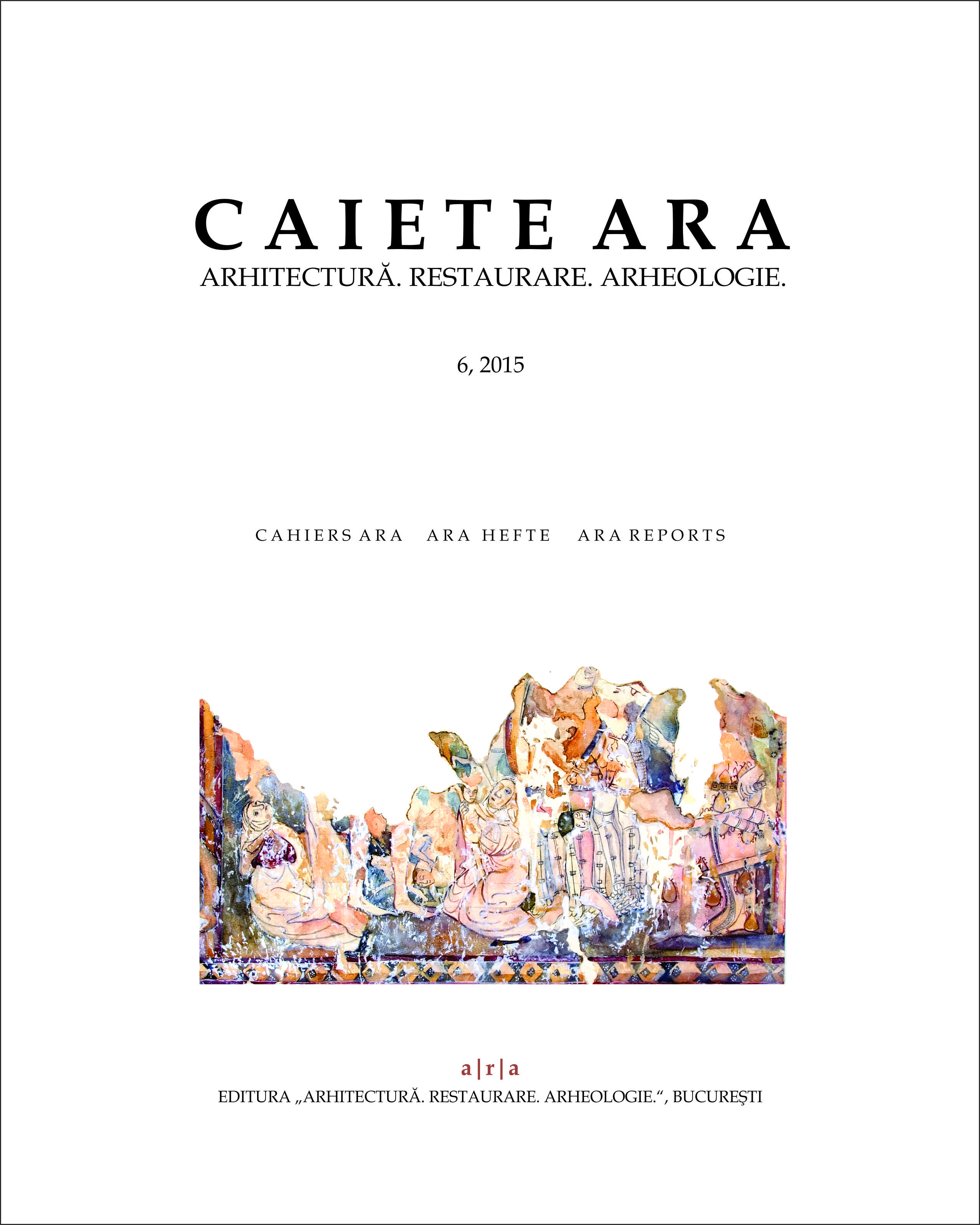Biodeterioration of wooden churches and developing a strategy for restoration. Case study: the church of Urși
Biodeterioration of wooden churches and developing a strategy for restoration. Case study: the church of Urși
Author(s): Ioana Gomoiu, Dan Mohanu, Ileana MohanuSubject(s): Architecture, Local History / Microhistory
Published by: Editura "Arhitectură. Restaurare. Arheologie"
Keywords: Biodeterioration; biodeteriogens; brown rot fungi; white rot fungi; boring insects; mural painting; wooden church; Urşi;
Summary/Abstract: Biodeterioration and biodeteriogens from the wooden church located in the village of Urşi, Co. Vâlcea are correlated with environmental conditions and are the consequence of the poor state of preservation of the mural paintings and the wooden structure of the monument. A high degree of biodeterioration was recorded both inside and outside the church. The main biodeteriogens are: basidiomycetes (Antrodia sinuosa, Phellinus sp), filamentous fungi (Trichoderma viride, Aspergillus niger, Cladosporium sp, Penicillium sp) and boring insects (Hylotrupes bajulus, Annobium punctatum). Investigations on one of the beams (beam no. 2) were performed both in situ and in the restoration studio, allowing us to develop a specific strategy for restoration and conservation.
Journal: Caiete ARA
- Issue Year: 2015
- Issue No: 6
- Page Range: 255-262
- Page Count: 8
- Language: English
- Content File-PDF

